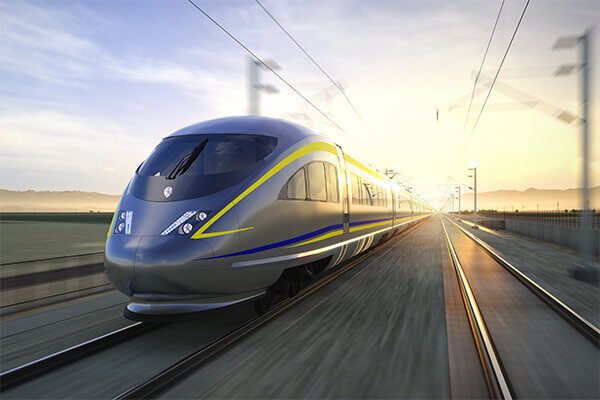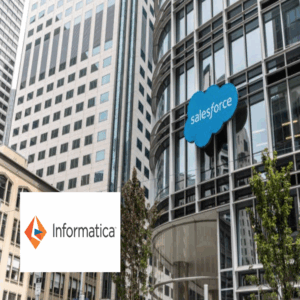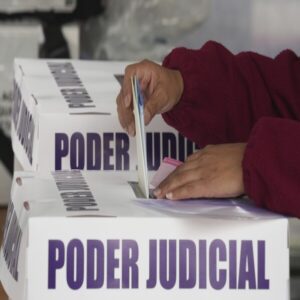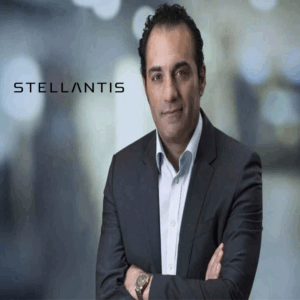The $100 billion electric bullet train in California will only use solar energy

Elon Musk disclosed California’s high-speed rail project when he introduced his future Hyperloop concept in 2013, calling it «a bullet train that is both the most expensive per mile and one of the slowest in the world.» The Golden State’s cash-strapped railway is still being built, with at least one feature the corporate billionaire should like: It will be solar-powered. Ten years later, his imagined tube train is still science fiction.
The $200 million utility-scale system that the California High-Speed Rail Authority would own and operate is in the process of being discussed with possible suppliers. It will have batteries that can store 62 megawatt hours of electricity and 552 acres of solar panels that can produce 44 megawatts of electricity, enough to power a city of 33,000 people. Even if there is a blackout at the local utilities, the system must be robust enough to generate a sufficient electrical burst to push trains at 220 mph across the 171-mile Central Valley stretch of the railway, resist extreme heat, and carry people.
According to Margaret Sederoth, the authority’s head of planning and sustainability, work could begin as early as 2026 to ensure it is ready for electric trains by 2030, the projected opening date for the initial part of the railway.






